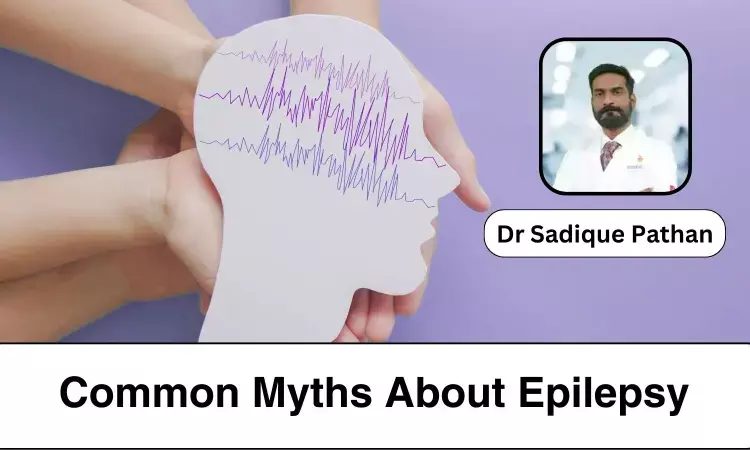- Home
- Medical news & Guidelines
- Anesthesiology
- Cardiology and CTVS
- Critical Care
- Dentistry
- Dermatology
- Diabetes and Endocrinology
- ENT
- Gastroenterology
- Medicine
- Nephrology
- Neurology
- Obstretics-Gynaecology
- Oncology
- Ophthalmology
- Orthopaedics
- Pediatrics-Neonatology
- Psychiatry
- Pulmonology
- Radiology
- Surgery
- Urology
- Laboratory Medicine
- Diet
- Nursing
- Paramedical
- Physiotherapy
- Health news
- Fact Check
- Bone Health Fact Check
- Brain Health Fact Check
- Cancer Related Fact Check
- Child Care Fact Check
- Dental and oral health fact check
- Diabetes and metabolic health fact check
- Diet and Nutrition Fact Check
- Eye and ENT Care Fact Check
- Fitness fact check
- Gut health fact check
- Heart health fact check
- Kidney health fact check
- Medical education fact check
- Men's health fact check
- Respiratory fact check
- Skin and hair care fact check
- Vaccine and Immunization fact check
- Women's health fact check
- AYUSH
- State News
- Andaman and Nicobar Islands
- Andhra Pradesh
- Arunachal Pradesh
- Assam
- Bihar
- Chandigarh
- Chattisgarh
- Dadra and Nagar Haveli
- Daman and Diu
- Delhi
- Goa
- Gujarat
- Haryana
- Himachal Pradesh
- Jammu & Kashmir
- Jharkhand
- Karnataka
- Kerala
- Ladakh
- Lakshadweep
- Madhya Pradesh
- Maharashtra
- Manipur
- Meghalaya
- Mizoram
- Nagaland
- Odisha
- Puducherry
- Punjab
- Rajasthan
- Sikkim
- Tamil Nadu
- Telangana
- Tripura
- Uttar Pradesh
- Uttrakhand
- West Bengal
- Medical Education
- Industry
7 Common Myths about Epilepsy - Dr Sadique Pathan

Epilepsy is one of the most common neurological disorders that causes repeated seizures in millions of people worldwide. Despite its prevalence, epilepsy continues to be hampered by misconceptions and beliefs, which can lead to stigma and discrimination against individuals who suffer from it.
- Myth #1: Epilepsy is transmissible
Fact: Epilepsy is not transmissible. It is a neurological condition caused by a variety of factors, including genetics, brain injury, infection, and developmental abnormalities. It cannot "catch" epilepsy from someone who has it, nor can you pass it on through casual touch or proximity.
- Myth #2: If someone is experiencing a seizure, put something in their mouth to keep them from choking
Fact: Never put anything in the mouth of someone suffering a seizure. This might worsen the person's pain. Instead, gently roll the person to one side, place something soft under his or her head, and stay by their side until they recover consciousness.
- Myth #3: Only children get epilepsy
Fact: Epilepsy affects nearly as many people over the age of 65 as it does children under the age of ten. Seizures in the elderly tend to be the result of underlying medical conditions such as stroke and heart disease.
- Myth #4: During a seizure, the sufferer experiences pain
Fact: During a seizure, the person is unconscious and not in pain. Some people may experience muscle aches and fatigue after a prolonged seizure.
- Myth #5: People with epilepsy become disabled and unable to work
Fact: People with a medical condition have the same abilities and intelligence as everyone else. Some have severe seizures and are unable to work; others are successful and productive in challenging jobs.
- Myth #6: Epilepsy is always visible
Fact: Not all seizures are instantly recognizable. While some seizures lead to jerks or loss of consciousness, others cause staring spells, confusion, or slight motions. These non-tonic clinic seizures, also known as absence seizures or focal seizures, are frequently neglected or misdiagnosed. It is important to be informed of the many symptoms of seizures in order to provide appropriate support and interventions.
- Myth #7: Epilepsy patients should avoid physical exercise and sports
Fact: While certain precautions can be required, such as avoiding activities that provide a high risk of damage during uncontrolled seizures, physical exercise is generally recommended for people with epilepsy. Regular exercise can help improve overall health and well-being, reduce stress, and, in some situations, lessen the frequency of seizures. Individuals with epilepsy should consult with their doctors to develop safe and suitable exercise routines.
Many people still misunderstand epilepsy, but doctors and scientists are learning more about how to better control and stop seizures, allowing people to navigate their medical condition and live fulfilling lives.
Dr Sadique Pathan MBBS, MD (General Medicine), DNB (Neurology) is a Consultant (Neurology) at Manipal Hospital, Pune with over 15+ years of clinical experience. His areas of expertise are Neurology, Clinical Neurophysiology, Neuromuscular Medicine and Neurophysiotherapy, Movement Disorders, Dementia.


